Carnivals
Show Your True Carnival
Top Carnivals
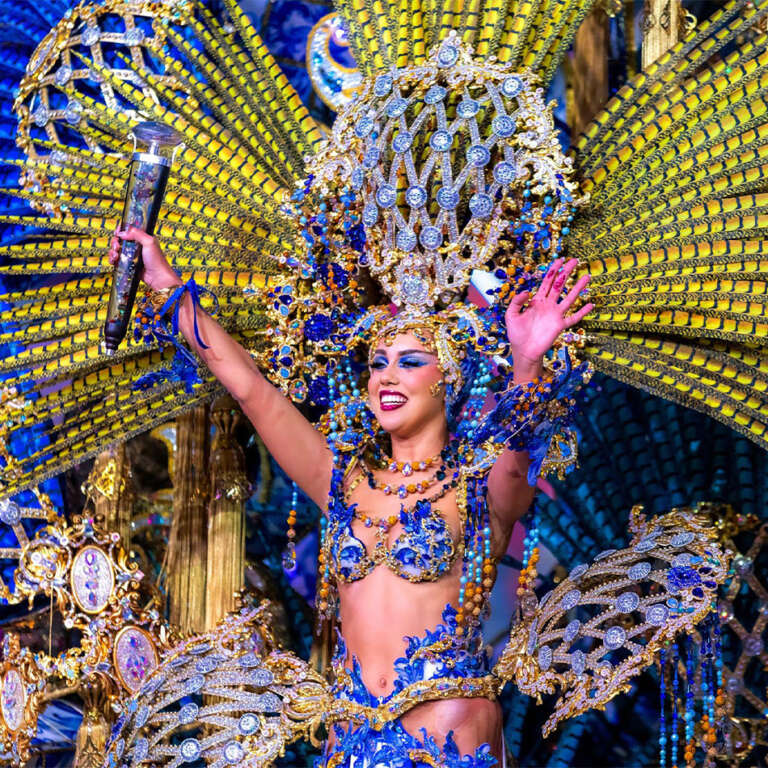
Santa Cruz de Tenerife
January 16 to February 22, 2026
More than 250,000 people visit Santa Cruz in Tenerife to celebrate the carnival.

Hollywood
The carnival will be celebrated in June 2025
Hollywood Boulevard becomes a Caribbean-American paradise to the rhythm of samba, soca, and reggae.
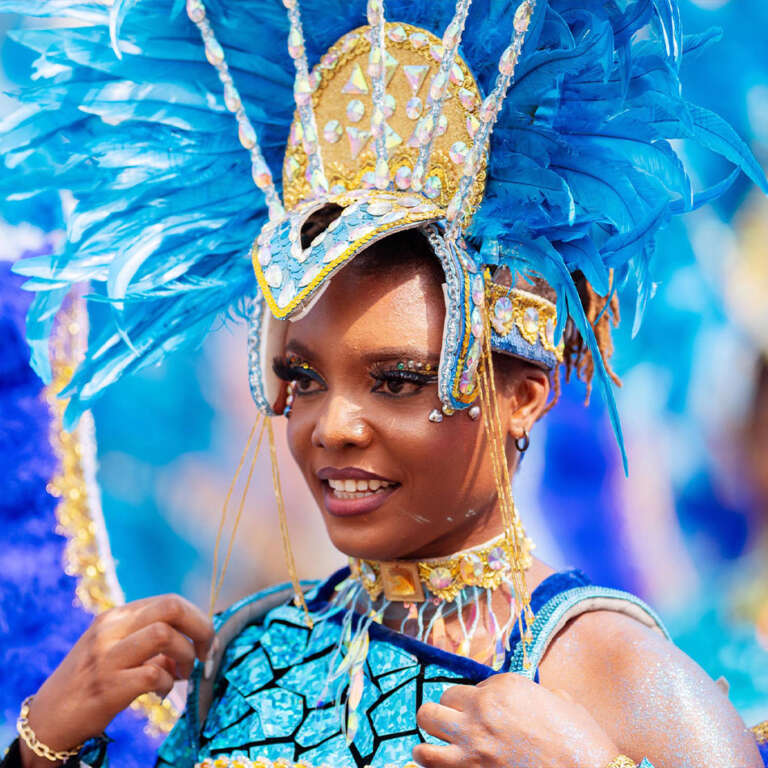
Calabar
December 1 to December 31, 2025
Over two million tourists visit the Calabar carnival every year, the pride of Nigeria.
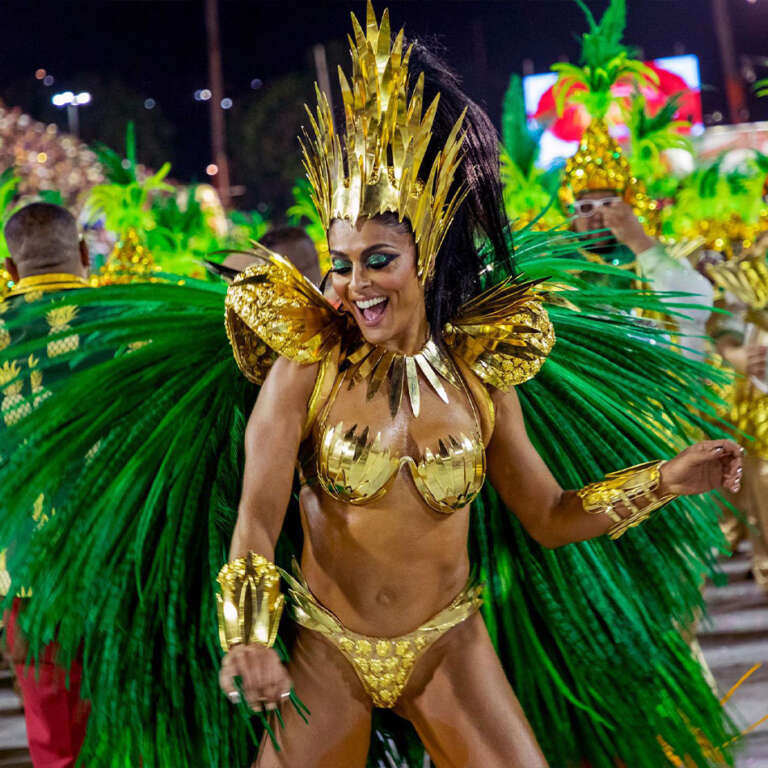
Rio de Janeiro
February 13th to February 21st, 2026
Parades, samba, blocos, street parties, masked dances, and nightlife.
Carnivals in the World
Discover the joy and tradition of the most famous carnivals in the world! Click on the continent you want to explore and immerse yourself in the unique festivities and colors of their carnivals.
The Best Carnival Photos
Upcoming Carnivals

Calabar
December 1 to December 31, 2025
Over two million tourists visit the Calabar carnival every year, the pride of Nigeria.

Rio de Janeiro
February 13th to February 21st, 2026
Parades, samba, blocos, street parties, masked dances, and nightlife.
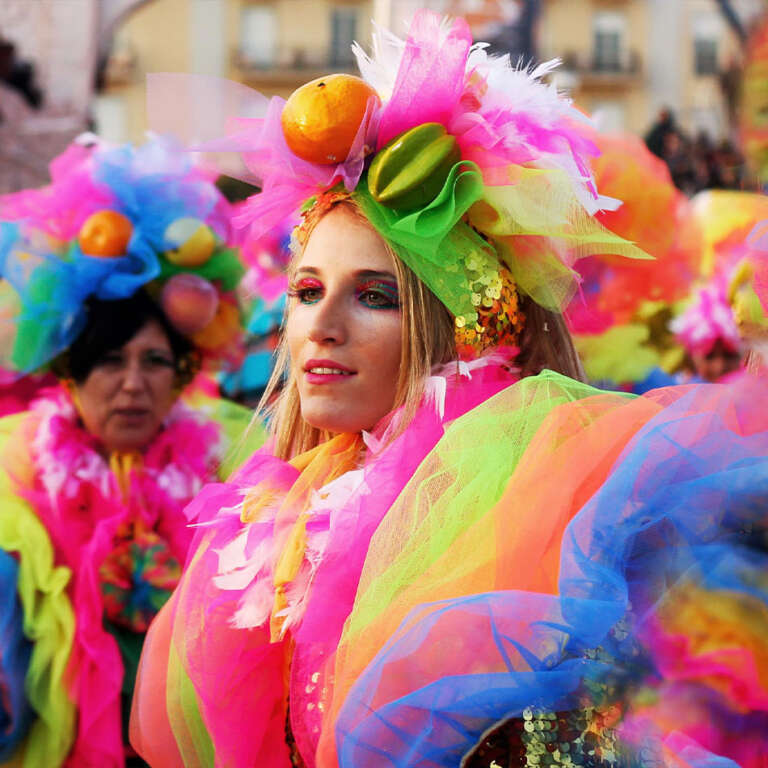
Viareggio
February 1 to 21, 2026
Giant floats, beautiful masks, hypnotic dances, joy, and fun.

Santa Cruz de Tenerife
January 16 to February 22, 2026
More than 250,000 people visit Santa Cruz in Tenerife to celebrate the carnival.
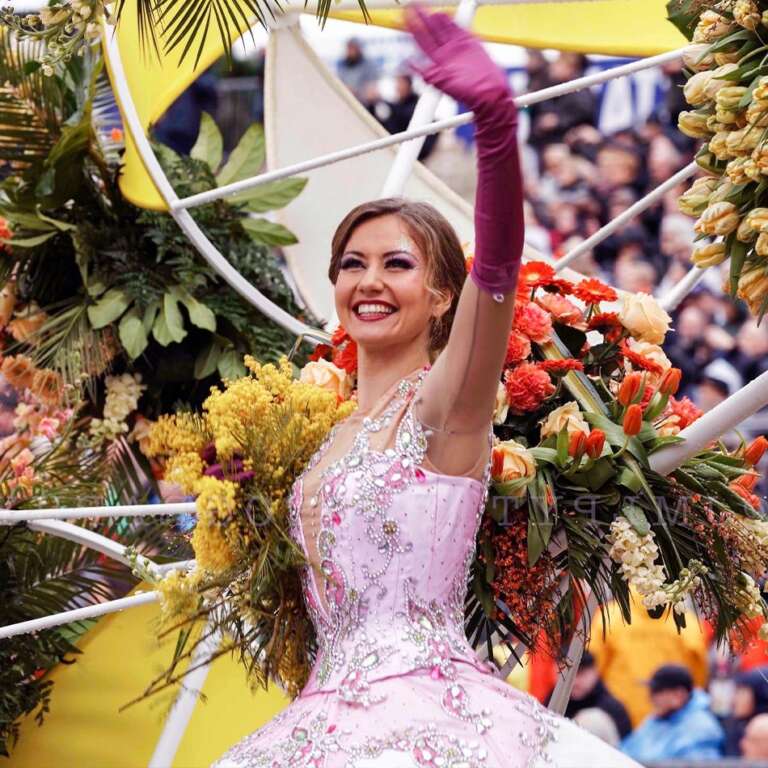
Nice
February 11 to March 1, 2026
You will be amazed by a shower of over one hundred thousand flowers falling from the sky.
Carnival FAQs
What is Carnival and What Does It Mean
Carnival is an explosion of color, music, and joy celebrated in various parts of the world, marking a time of revelry and celebration before the arrival of Lent. Its meaning goes beyond being a simple festivity; it is a cultural manifestation that unites communities, where traditions intertwine with creativity and artistic expression.
In essence, Carnival symbolizes the liberation from everyday norms, allowing people to leave behind their worries and immerse themselves in a world of fantasy. Through vibrant parades, elaborate costumes, and contagious rhythms, Carnival invites everyone to participate in a collective dance of joy and unity. It is a moment to celebrate life, diversity, and the richness of the traditions that connect us.
What Are the Traditions of Carnival
The traditions of Carnival are as diverse as the cultures that celebrate it, and each region adds its own unique touch to this vibrant festivity. Here are some of the most emblematic traditions that make Carnival an unforgettable experience:
- Parades and Groups: In many cities, parades are the heart of Carnival. Groups of dancers, musicians, and artists dress in elaborate and colorful costumes, parading through the streets to the rhythm of the music. Each group tells a story, reflecting the local culture and history.
- Masks and Costumes: The tradition of wearing masks and costumes allows people to break free from their everyday identity. In places like Venice, masks are a symbol of mystery and elegance, while in Brazil, the costumes are exuberant and filled with feathers and sparkle.
- Music and Dance: Music is the soul of Carnival. From samba in Brazil to murgas in Argentina, each region has its own rhythms that invite everyone to dance and celebrate. The streets fill with contagious melodies that energize the crowd.
- Food and Drink: Carnival is also a feast for the senses. Culinary delights, such as fritters, empanadas, or typical dishes from each region, are an essential part of the celebration. There is no Carnival without enjoying the local gastronomy!
- Rituals and Ceremonies: In some cultures, Carnival includes rituals that honor the gods or celebrate the arrival of spring. These acts can vary from religious ceremonies to fire festivals, each with its own significance.
- The Burning of Bad Mood: In some traditions, a doll or figure symbolizing bad mood or the sorrows of the previous year is burned, marking a new beginning filled with joy and hope.
Each of these traditions contributes to the magic of Carnival, creating an atmosphere of unity and celebration that invites everyone to participate.
Where Did Carnival Originate and Which is the Oldest in the World
Carnival has ancient roots that trace back to various cultures, but its most direct origin is considered to be in the pagan festivities of ancient Europe, especially in Roman celebrations such as the Saturnalia and Lupercalia. These festivities were times of revelry and celebration before the arrival of Christian Lent.
However, when it comes to modern Carnival, many associate it with the Carnival of Venice, which dates back to the 12th century. This carnival is famous for its elegant masks and elaborate costumes, and it has endured over the centuries as one of the most iconic celebrations in the world.
As for the oldest carnival in the world, the Carnival of Cádiz in Spain is considered to have one of the oldest traditions, with roots that go back to the 15th century. This carnival is known for its humor, satire, and the murgas that fill the streets with music and joy.
So, while Carnival has multiple origins and traditions, Venice and Cádiz stand out as two of the most emblematic and ancient, each with its own charm and uniqueness.
When is Carnival Celebrated and How Many Days Does It Last
Carnival is celebrated at different times of the year depending on the region, but it generally takes place in February or March, just before Lent. The exact date varies each year, as it is linked to the lunar calendar and the celebration of Easter. However, what remains constant is the energy and excitement that surround this festivity.
The duration of Carnival can also vary, but it typically extends over several days, from a weekend to a full week. In some places, like Brazil, Carnival can last up to five days of uninterrupted festivities, while in others, like Venice, the celebrations can begin weeks before the big day.
What Music is Played During Carnival
The music of Carnival is a sonic feast that varies by region, but is always infused with energy and contagious rhythm. Here are some of the most emblematic musical styles that resonate during this celebration:
- Samba: In Brazil, samba is the heart of Carnival. With its vibrant rhythms and catchy melodies, it invites everyone to dance. Samba schools compete in spectacular parades, where music and dance intertwine in an explosion of joy.
- Murgas: In Argentina, especially in Montevideo, murgas are a fundamental part of Carnival. These groups of singers and actors present satirical and humorous performances, accompanied by candombe rhythms and other local styles, creating a festive yet reflective atmosphere.
- Calypso and Soca: In the Caribbean Carnival, especially in Trinidad and Tobago, calypso and soca are the predominant genres. With their catchy rhythms and festive lyrics, they invite celebration and dance, creating an atmosphere of pure joy.
- Banda and Carnival Music: In many cities in Mexico, traditional music bands enliven the festivities with their festive melodies. Mariachis and brass bands fill the air with cheerful music that invites everyone to join the party.
- Cumbia and Salsa: In several Latin American countries, cumbia and salsa are also key players in Carnival. These genres, with their danceable rhythms and festive lyrics, make people get up and move to the music.
- Folkloric Rhythms: In many regions, folkloric rhythms that reflect local culture can be heard. From Andean music in Peru to Afro-descendant rhythms in Colombia, each style adds its own flavor to the celebration.
The music of Carnival is a call to joy and unity, creating an environment where everyone can let themselves be carried away by the rhythm and enjoy the party.
What Are the Different Types of Carnivals That Exist
Carnival is a celebration that transcends borders and cultures, uniting communities in an explosion of color, music, and joy. Throughout history, these festivities have evolved, adapting to local traditions and reflecting the cultural identity of each region. From vibrant African dances to spectacular parades in South America, each continent offers a unique experience that invites participation and celebration. Below, we will explore how carnivals manifest in different parts of the world, highlighting the richness and diversity of these festivities.
Africa
In Africa, carnivals are often deeply rooted in the cultural and spiritual traditions of communities. They are characterized by vibrant dances, energetic music, and colorful costumes that reflect the cultural heritage of each region. Celebrations often include rituals that honor ancestors and celebrate life, creating an atmosphere of unity and joy.
Asia
Carnivals in Asia are a mix of traditional and modern festivities, where music, dance, and gastronomy play a central role. Celebrations may include colorful parades, folk dances, and rituals that reflect the cultural diversity of the continent. In some places, carnivals are linked to religious festivals, adding a spiritual significance to the celebration.
Caribbean
In the Caribbean, carnivals are explosions of rhythm and color, where music, especially calypso and soca, is fundamental. Festivities often include vibrant parades, elaborate costumes, and a continuous party atmosphere. The celebration is an expression of cultural identity and community, where joy and fun take center stage.
Central America
Carnivals in Central America are a fusion of indigenous and colonial traditions, with a focus on music and dance. Celebrations often include parades, colorful costumes, and community events that encourage participation from everyone. Local gastronomy also plays an important role, with typical dishes enjoyed during the festivities.
Europe
In Europe, carnivals are a mix of ancient and modern traditions, with a focus on creativity and artistic expression. Festivities often include elaborate parades, spectacular costumes, and cultural events that celebrate the history and identity of each region. Music and dance are essential, creating a festive and camaraderie-filled atmosphere.
Middle East
Carnivals in the Middle East can vary significantly, but they are often influenced by cultural and religious traditions. Celebrations may include dances, music, and community events that reflect the diversity of the region. In some cases, festivals are linked to religious celebrations, adding a spiritual significance to the festivities.
North America
In North America, carnivals are often community events that celebrate cultural diversity. Festivities include parades, music, and dances that reflect the traditions of different communities. Local gastronomy is also an important component, with typical dishes enjoyed during the celebrations.
Oceania
Carnivals in Oceania are a celebration of local culture and diversity. They often include parades, music, and dances that reflect indigenous and contemporary traditions. The festivities provide an opportunity for communities to come together and celebrate their cultural identity, creating an atmosphere of joy and unity.
South America
In South America, carnivals are known for their energy and color. Celebrations often include spectacular parades, vibrant music, and dances that reflect the rich cultural heritage of the region. Community participation is fundamental, and the festivities are an expression of identity and cultural pride.
Each continent brings its own flavor and style to the celebration of Carnival, creating a rich tapestry of traditions and festive experiences.
